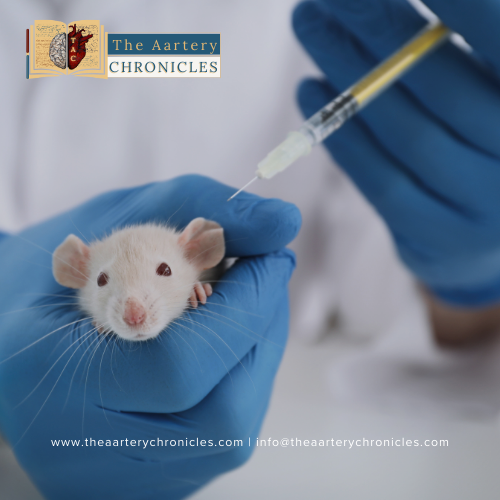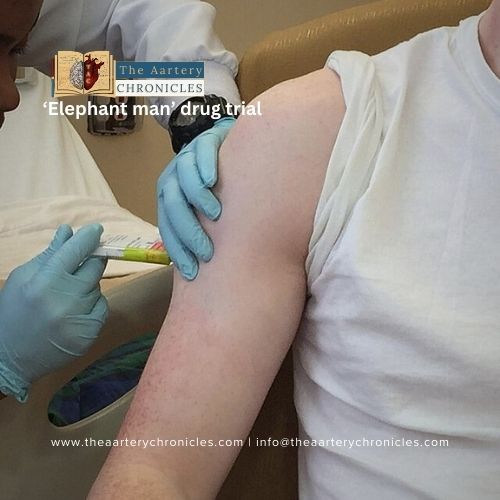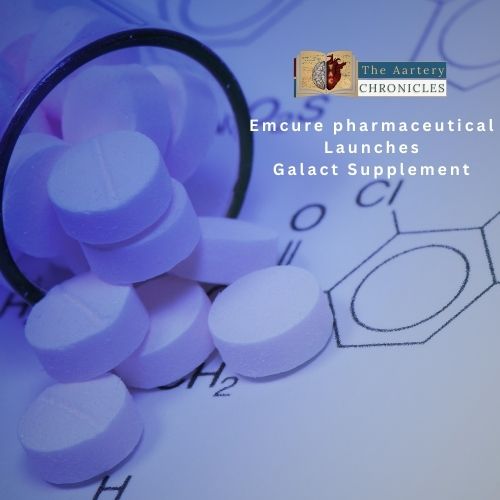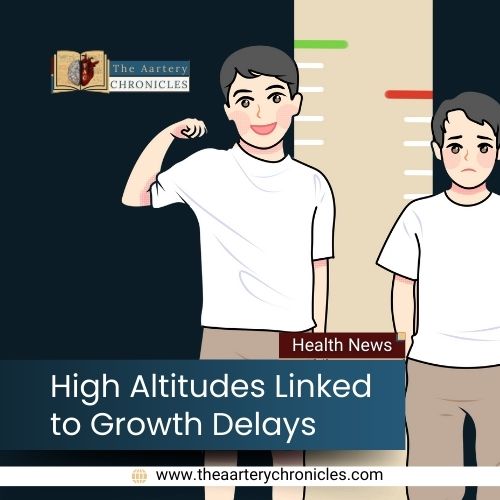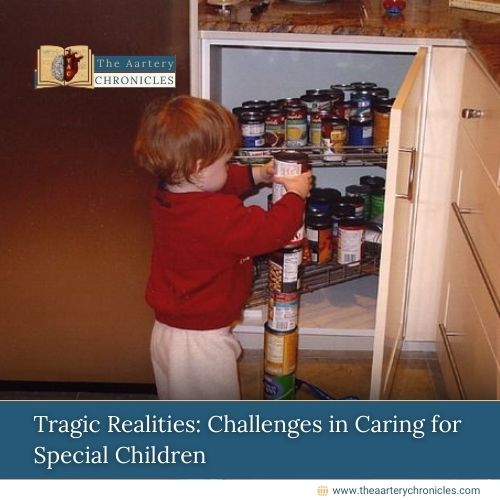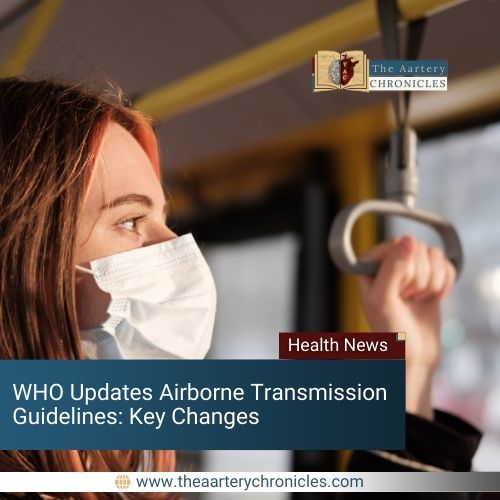
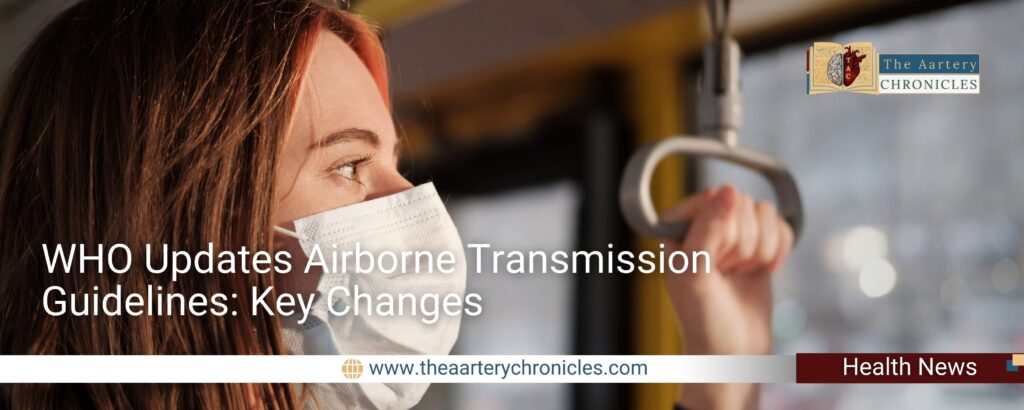
WHO Updates Airborne Transmission Guidelines: Key Changes"
The World Health Organization (WHO) is revising its method to define how infectious illnesses spread via the air. A new worldwide technical consultation coordinated by the WHO aims to simplify terminology, allowing health experts and the general public to better grasp how illnesses move via the air.
Previously, the WHO required particular requirements to designate an infection “airborne,” such as the virus or bacteria in respiratory droplets remaining alive in the air for lengthy periods and being transferred across distances greater than 1 meter.
The updated guidelines remove these conditions, allowing for a more straightforward understanding of airborne transmission.
Understanding Airborne Transmission: The New Framework
The new WHO guidance proposes the use of the term “through the air” to describe any situation where a pathogen or disease-causing organism travels through or is suspended in the air. This approach mirrors other public health descriptors like “waterborne” and “bloodborne,” which refer to the main medium through which a disease is transmitted.
Under the updated guidelines, the term “through the air” encompasses two specific descriptors: airborne transmission/inhalation and direct deposition. Airborne transmission or inhalation occurs when infectious respiratory particles are inhaled into the respiratory tract of another person, potentially causing infection. Direct deposition happens when these particles are expelled into the air and land on the mouth, nose, or eyes of another person, leading to infection.
Insights from Leading Experts
Dr. Gagandeep Kang from Christian Medical College in Vellore, India, and Dr. Yuguo Li from the University of Hong Kong, who co-chaired the WHO Technical Working Group, expressed that the consultation process was a significant effort involving many experts. They believe that reaching a consensus on these new terminologies is a crucial step forward, providing a better understanding and agreed-upon principles for diseases transmitted through the air.
The WHO stated that this consultation is just the first phase of global scientific discussions. Further research and multidisciplinary exploration will follow to determine the broader implications of the updated descriptors.
Dr. Neeraj Nischal, an additional professor at the Department of Medicine at AIIMS Delhi, noted that the WHO update helps provide clearer information to public health experts and the public on pathogen transmission and risk mitigation methods. He mentioned that previous misconceptions about airborne transmission contributed to public confusion and irrational behaviour, which the new clarification aims to reduce.
Source: Inputs from various media Sources
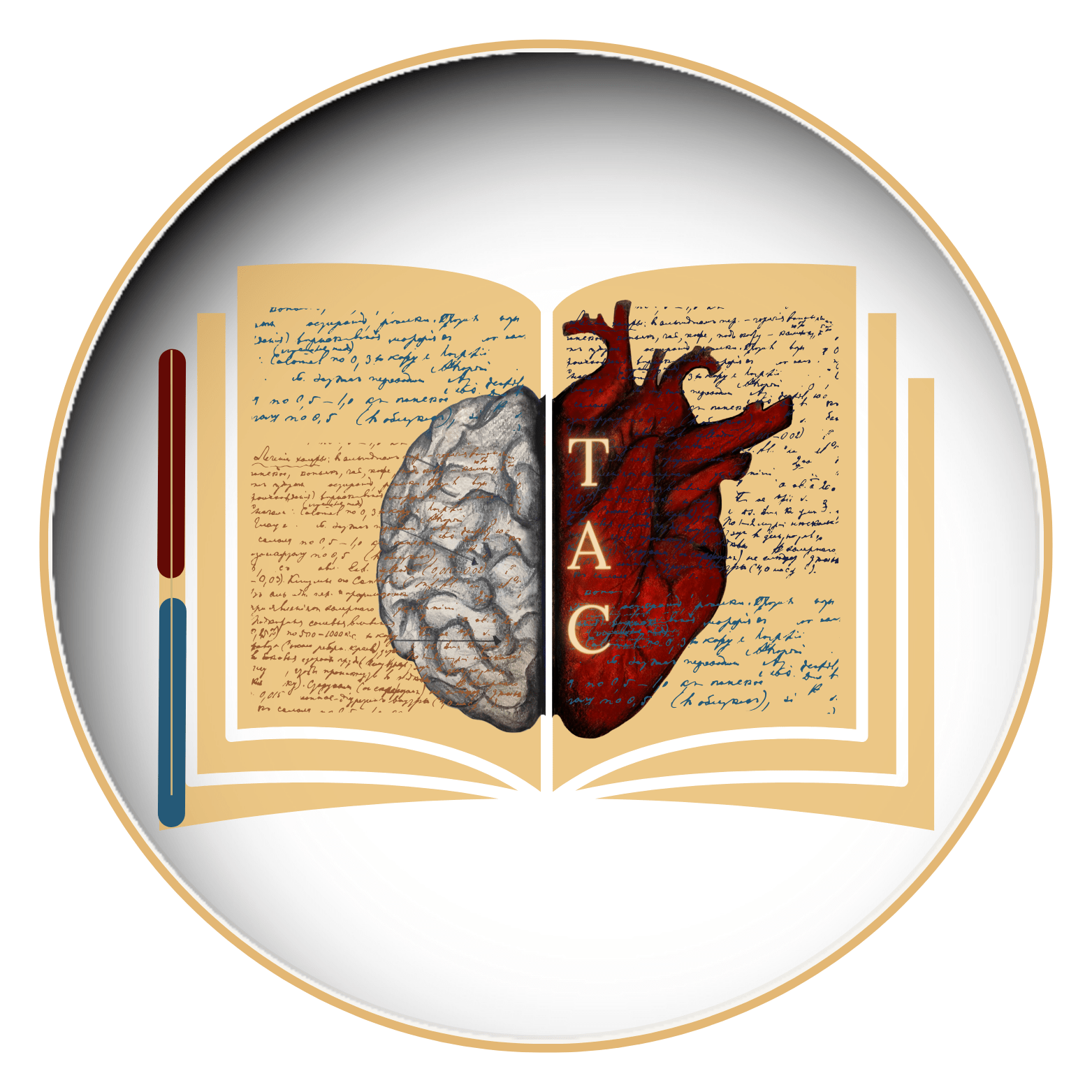
Priya Bairagi
- Medicine and Diseases
- Nutrition and Diet






